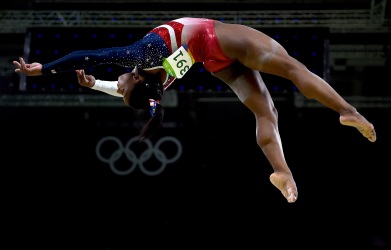Rugby is played worldwide but perhaps doesn’t garner the same level of coverage as other sports. It’s from my hometown so I feel responsible to spread the word about the one sport England always dominates…

A quick primer about rugby
Legend has it that William Webb Ellis picked up the ball and ran during a game of football at Rugby School. Rules were established at Rugby School, Cambridge, and Eton (hence the idea that it is a gentleman’s game). 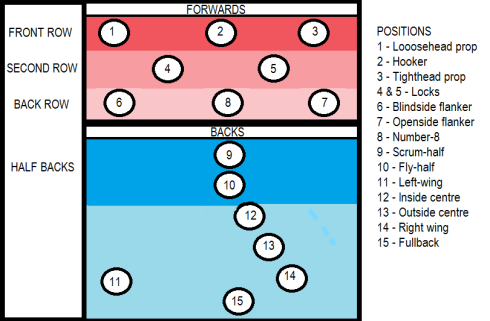 A few variations of rugby now exist, including union, league, touch, and sevens. When rugby is spoken of, it is usually in reference to rugby union – the most popular form. Rugby union is a contact team sport played between two teams of 15 players, divided into eight forwards and seven backs. The pitch is 144m x 70m and goal posts are 5.6m apart with a crossbar 3m above ground. The game lasts 80 minutes, split into two halves.
A few variations of rugby now exist, including union, league, touch, and sevens. When rugby is spoken of, it is usually in reference to rugby union – the most popular form. Rugby union is a contact team sport played between two teams of 15 players, divided into eight forwards and seven backs. The pitch is 144m x 70m and goal posts are 5.6m apart with a crossbar 3m above ground. The game lasts 80 minutes, split into two halves.
Scoring
– A try: grounding the ball in the in-goal area and is worth five points then a conversion kick can give an additional two points.
– A drop goal: kicking the ball through the H shaped goal post wins three points.
– A penalty kick gives three points too.
Rules
Rugby is unique in that forward passing is not allowed. The ball must only be passed laterally or behind therefore to move the ball forwards, it can be kicked, ran, or moved within a scrum or maul. Tackles are used to gain possession: tacklers cannot tackle above the shoulder and must attempt to wrap their arms around the player to complete the tackle. It’s illegal to push, trip, or shoulder charge.
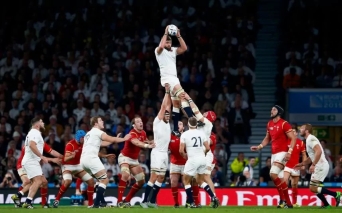
There are two specific set pieces. A line out occurs when the ball leaves the side of the field and a ‘throw in’ is awarded against the team that last touched the ball. Fowards line up a metre apart slightly away from the touch line and players can be lifted by team mates to catch the ball. A scrum restarts the game after an infringement such as passing forward or offside. If a team is granted a penalty, they can choose to take a scrum. The eight forwards of each team line up into a 3-4-1 formation and the ball is rolled between them; the hooker will try to hook the ball backwards with their feet whilst the pack tries to push the other team backwards to gain possession.

It can be a rough and bloody game, and some players choose to wear headguards to avoid cauliflower ears, and the majority wear mouth guards – but that’s basically it in terms of protective equipment. Most players at a national level are built like tanks.
THE SIX NATIONS
The competition began in 1883 – and was once known as the home nations. Originally, it featured England, Wales, Scotland, and Ireland. France joined in 1910 making it the five nations, however, during 1931-1939, France did not compete. Italy wanted in on the fun in 2000 and thus the six nations was born. The competition is held every year for five weeks in February/March. England is the current title holder and are currently top of the table with two games left to play. 
Not only can one country win the six nations, but they can also complete a grandslam victory where they beat the other five teams. A grandslam is also known as caithréim mhór, y gamp lawn, or le grand chelem in Irish, Welsh, and French, respectively. This has actually happened thirty seven times – thirteen of those by England, eleven by Wales.
They love trophies…
- The Triple Crown – awarded to one of the home nations if they beat the other three. England achieved this feat in 2016 and have completed it 25 times.
- The Calcutta Cup – awarded to victor of England vs Scotland
- The Millennium Trophy – awarded to victor of England vs Ireland
- The Centenary Quaich – awarded to victor of Ireland vs Scotland
- The Giuseppe Garibaldi Trophy – awarded to victor of Italy vs France
- The Wooden Spoon – also known as my favourite – is awarded to the loser of the six nations (savage) and if a team loses every single match then it’s a white wash. Italy have won it eleven times since 2000. That’s the one ‘trophy’ that England and Ireland have not won.
RUGBY WORLD CUP
There is also a rugby world cup held every four years (next one coming in 2019 hosted by Japan) and the current holders are New Zealand. The trophy is named after the founder, Webb Ellis. This competition only actually began in 1987 – and the inaugural world cup was also won by New Zealand. The All Blacks have a third world cup win, giving them the honour of the most titles. Before their games, they also perform a haka, which is fantastic to watch (the one linked is one of the greatest I’ve ever seen!). South Africa and Australia have won twice, and England once with the sweetest drop goal from our hero, Jonny Wilkinson, in extra time to win the game. (One of the English world cup winners is also the grandson in law of Queen Elizabeth, neato).
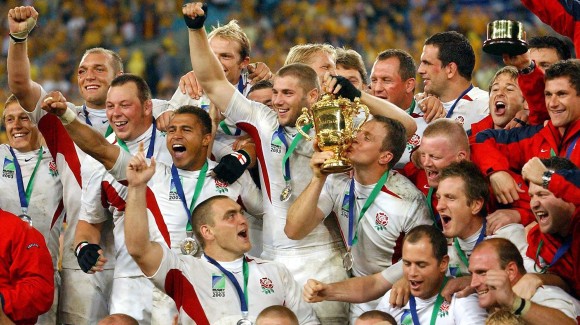
This haka performed at Jonah Lomu’s funeral is spine tingling too. Jonah was the youngest ever All Black and a true superstar player, but died aged 40 of a heart attack relating to a serious kidney disorder that had ended his career and resulted in a kidney transplant.

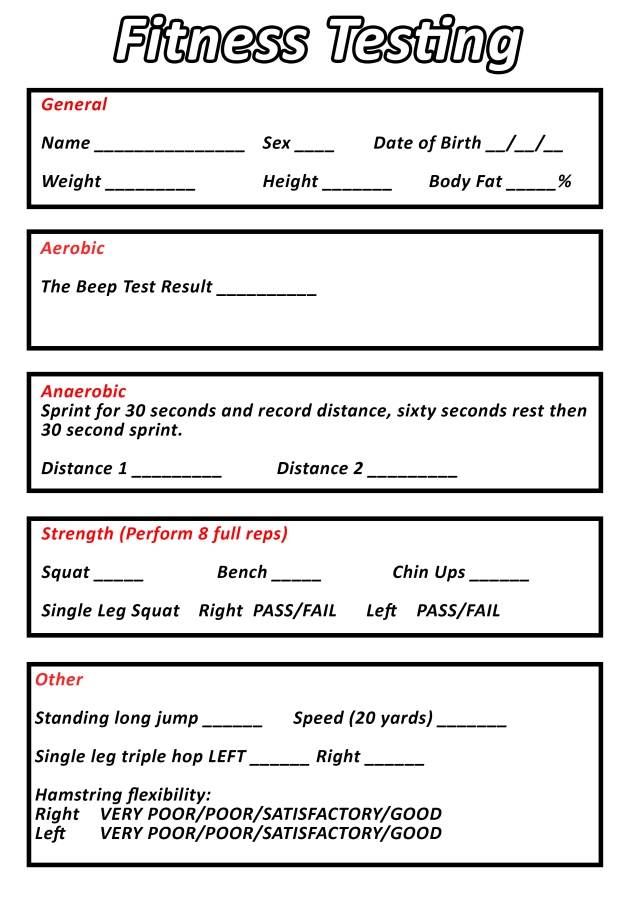
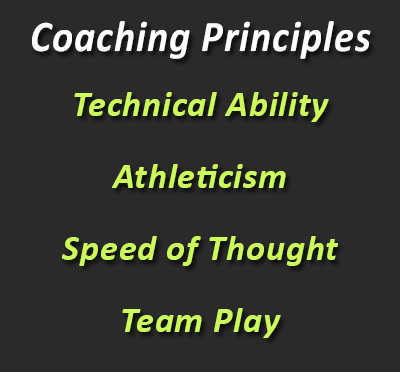
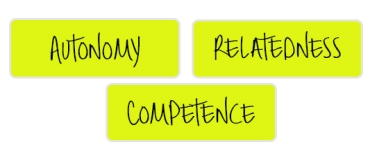
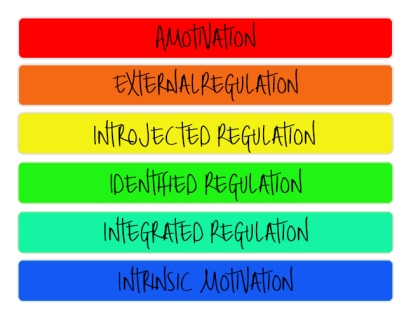
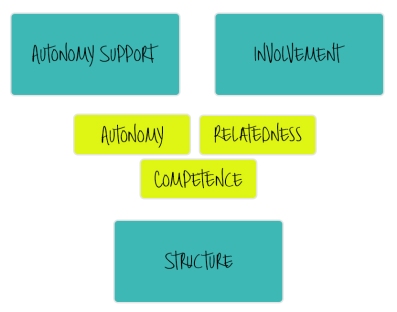 Autonomy Support – provision of options, minimise pressure, encourage them to initiate their own actions
Autonomy Support – provision of options, minimise pressure, encourage them to initiate their own actions